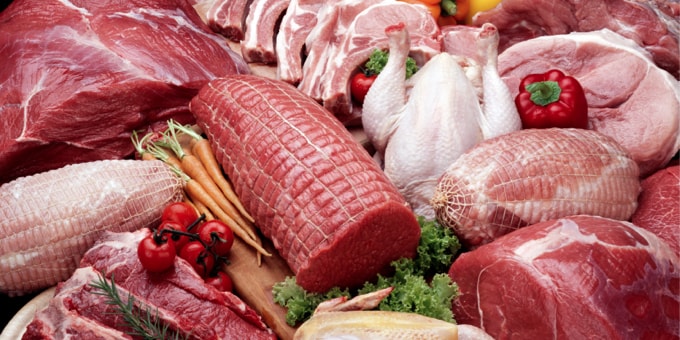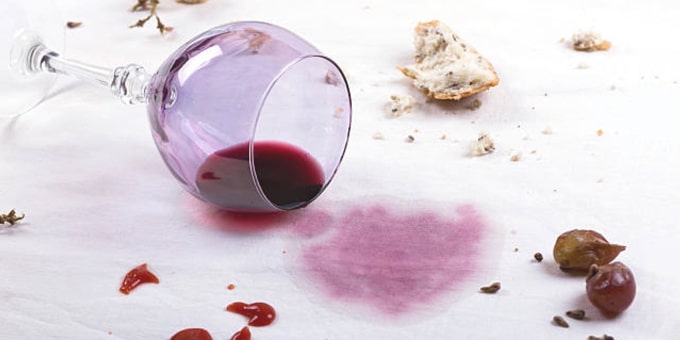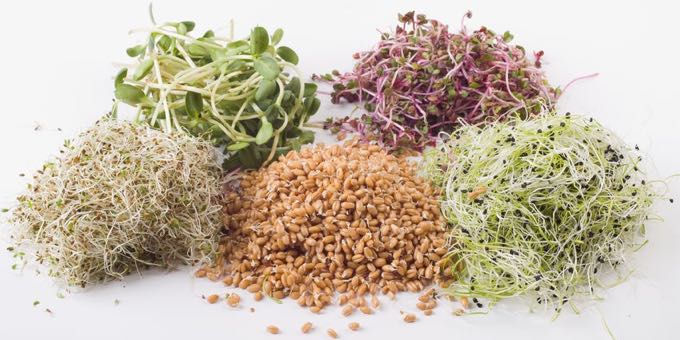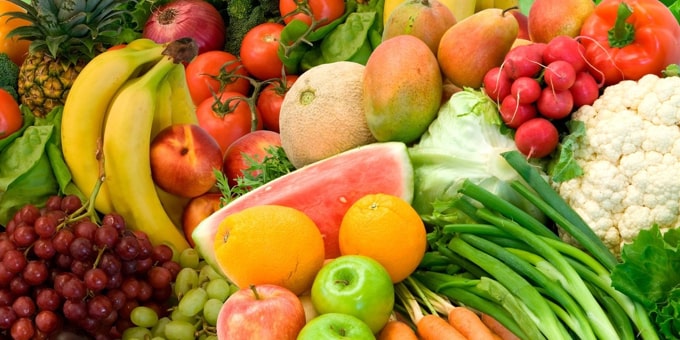MEAT BUYING TIPS
Meat doesn’t play the role it used to on your plate years ago. The United States Department of Agriculture’s (USDA’s) food plate now recommends that at least 3/4 of your plate contain vegetables and fruits and grains. But, there’s still a spot set for tasty lean cuts of beef, pork, poultry, and other meats. So when you are shopping it just makes sense to buy the most healthful cuts of meat you can find when filling that spot on your plate. Choosing wisely can really boost the nutrition of your meals and can keep the fat and calories from going over the suggested limits.
WHEN SHOPPING FOR MEAT
When grocery shopping it’s always a good idea to shop for your non-perishables first, then head to the meat department. Less time in your cart means less time your meats are not being kept cold. If you have multiple stops to make while you’re out plan to shop for your groceries last to avoid having your meat purchase remain non-refrigerated for too long. Ask to have the meat and poultry items bagged separately from your other grocery items to help avoid cross-contamination. Once you return home, promptly refrigerate or freeze your meats.
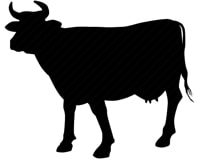
BEEF
The beef from your butcher counter should be a bright cherry color. If it is in a sealed wrap, the color can be typically a darker purplish-red. No concerns on this coloring since once it is exposed to air, it will turn to a bright red. The leanest meat cuts: eye of round, top round, sirloin, top loin, tenderloin.
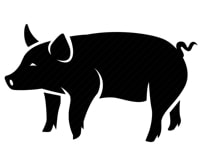
PORK
When selecting pork items, the meat should have a pinkish-red color. Any fat on your pork cut should be white in color with no dark spots. Avoiding any meat that is pale in color is always recommended. The leanest cuts: tenderloin, top loin, sirloin, loin chop, rib chop
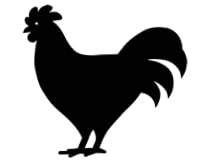
POULTRY
Avoid any packaged chicken or turkey that has any purple or green discoloration around the neck. The poultry you choose should be pink in color, not gray. Red wing tips are fine-dark red tips are not. The leanest cuts: the white meat (breast). The skin adds as much as 75% of the fat and 50% of the calories.
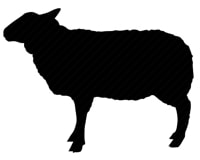
LAMB
The lamb you choose should be a soft pink to red color. Any marbling or fat should be white. The leanest cuts: leg of lamb, arm, loin
OTHER MEATS
Some other meats to consider when meat buying that generally are lean includes: bison (a.k.a. buffalo), venison (deer or antelope), goat, emu, and ostrich. With poultry, the white meat (breast) is leanest, but not if you eat the skin, which contributes as much as 75 percent of the fat and 50 percent of the calories in a piece of chicken.
MEAT LABELS

Special labels can be confusing. They only mean what they say and in some instances even that is open to interpretation. Here are some definitions but, keep in mind that these labels are no indication that something is more nutritious or safer from contamination than products without any labels.
Certified Organic
Meat and poultry must meet specific requirements – which include no use of antibiotics, hormones, pesticides or any biotechnology. Organically raised cattle must be allowed to pasture-graze at least one-third of the year. Meat raised in this way supports more sustainable methods of food production. But, there is no requirement that animals be slaughtered more humanely.
Free-Range
To be called free-range, chickens must be given some access to an area outside, although the amount of time and space or even if the birds actually go outside is not regulated. There is no such definition for cattle or any other animals, so this claim on a piece of beef or pork is meaningless and has no verification.
Grass-Fed
Means no grain and animals must have continuous access to pasture during the growing season and hay and silage, are allowed at other times. The “USDA Process Verified” shield ensures that the meat meets standards for “grass-fed” and that they were not grain-finished. However antibiotics and hormones may be given.
Kosher or Halal
It means products, including meat and poultry are prepared according to specific religious laws or under religious supervision. The label does not mean that the foods have more flavor, are more nutritious, or safer, though many people think they are.
Natural
To be considered natural, products contain no artificial ingredients or added color and were minimally processed. This does not have anything to do with how an animal was raised, however.
No Antibiotics
This label is allowed on meat and poultry products if the producer can provide documentation that no antibiotics were used in raising the animals to the United States Department of Agriculture (USDA) .
No Hormones
To be allowed on beef the producer must provide documentation to the USDA that no hormones were used in raising the animals. The label is allowed on pork and poultry only if it also states that regulations do not allow hormone use in turkey, chickens, or hogs anyway.
BONE IN OR BONELESS
This is a matter of preference. Bones can help radiate the heat through your meat which results in a quicker cook time and many believe the bone creates a more intense flavor. Cuts with the bone in are also usually cheaper per pound. Meat without the bone on the other hand, requires no extra step of trimming the meat from the bone.
Our 3 DAY MEAT SALES are an ideal time to stock up on your favorite meat cuts!

